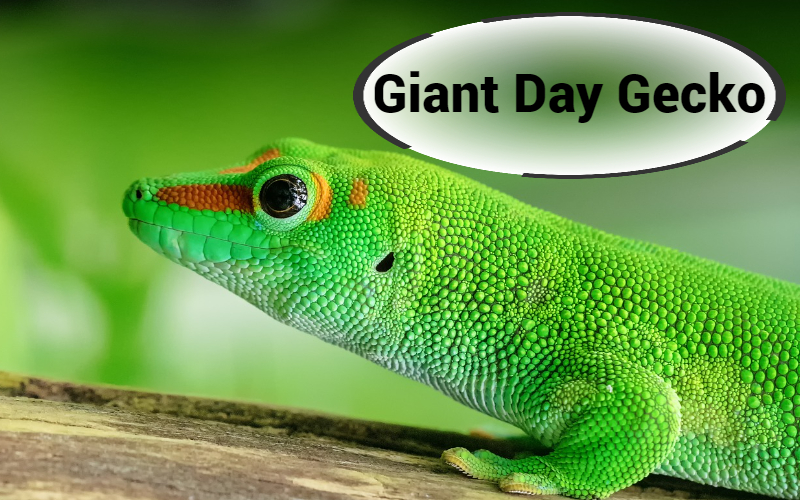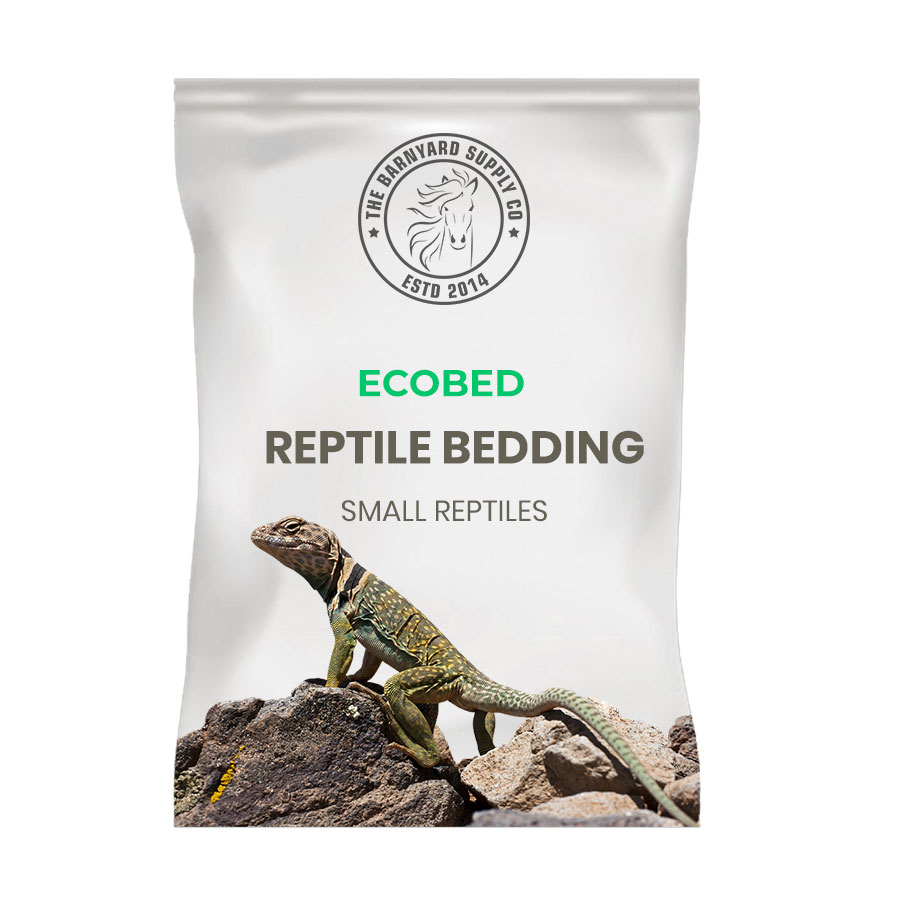In the reptile trade, giant day geckos have grown highly popular. The likability of the species has been recognised by mainstream marketing, as evidenced by the now-famous Geico Gecko, which is considered to be modelled by a day gecko.
The giant day gecko has captivated reptile lovers due to its incredibly brilliant colours and appropriate size for a home terrarium. The crimson and blue blood day gecko, possibly the most beautiful lizards on the planet, has been developed by a select group of breeders. They are living works of art that are frequently displayed as a decorative focal point in a room or in a garden by their owners.
Appearance
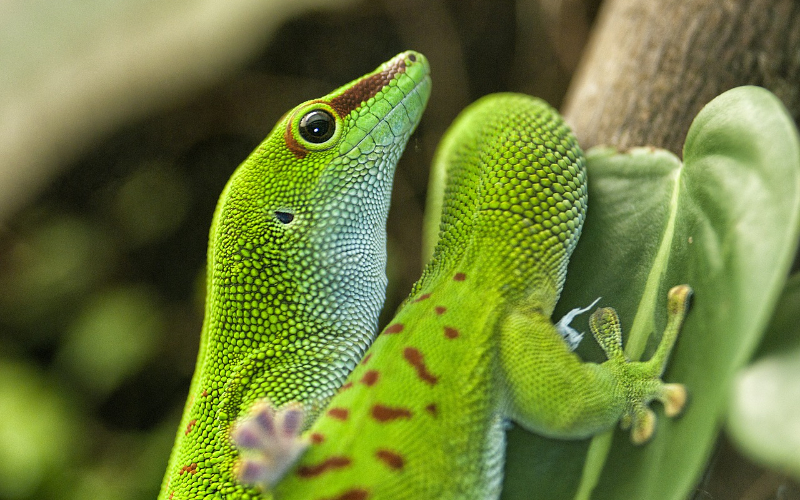
The head, back, and tail of giant day geckos are all crimson with red lines and spots. Their colours are bright, just like those of other day gecko species. However, agitated animals will take on darker tones of green.
The giant day gecko is the largest member of the day gecko family, as its title implies. Adult males can grow up to a foot in length. Females are usually 1 or 2 inches shorter than males. They have a thick body and are well-muscled. Giant day geckos can survive for a long time if properly cared for. They have been known to live for up to 20 years, but the usual lifespan is between 6 and 8 years.
Giant Day Gecko Lighting and Temperature
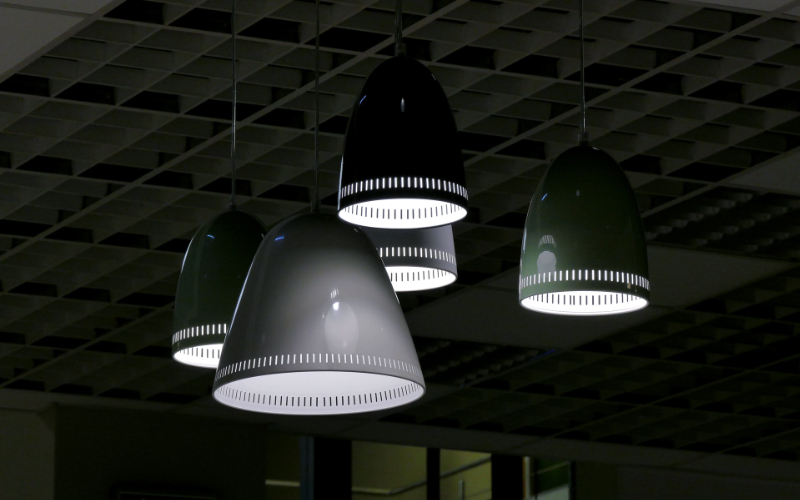
Giant day geckos are active during the day. The gecko’s vitamin D3 demand can be met by using a high-quality UVB light. To keep the temperature at 95 degrees Fahrenheit, use an incandescent light bulb with the necessary wattage. During the day, the temperature should be between 82 and 86 degrees, and at night, it should be between 75 and 82 degrees. This thermal gradient will be used by captive giant day geckos to thermoregulate to their ideal body temperature.
Humidity
All day geckos require a high level of humidity in their cages, ranging from 60% to 80%, depending on the species. To approve the humidity level, get a hygrometer for the humidity gauge. The use of live plants and an appropriate substrate, as well as regular misting of the tank, will assist maintain moisture. If you won’t be able to mist the cage during the day, put in an automatic mister or fogger that will add humidity at certain intervals.
Housing and Decoration
Although giant day geckos are adapted to a hot, humid climate, they require more heating to survive. Unlike other reptiles, they only require a basking temperature of roughly 80 degrees Fahrenheit and can become stressed if the temperature rises too high. A tall glass enclosure with front and top ventilation is recommended to reduce overheating and ensure appropriate airflow.
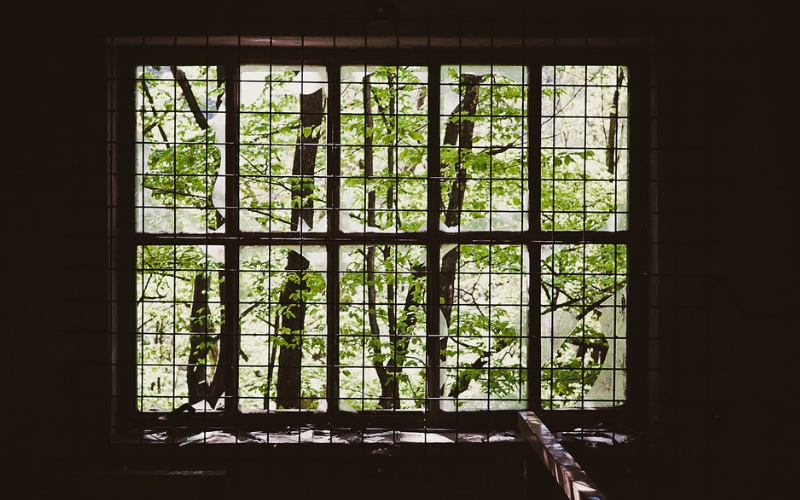
The enclosure does not retain much heat, a temperature gradient will be achieved from one side of the enclosure to the other as long as the room it is put in is cool. Giant day geckos enjoy climbing and spend the majority of their time above the ground. A number of hard wood decorations should be firmly in place to allow multiple routes up and down the enclosure to help with this. Although giant day geckos aren’t very shy, it’s ideal to keep the enclosure partially covered.
Dew on leaves and flowers provides a lot of hydration for giant day geckos, so make sure there are plenty of huge leaves and plants (real or artificial) to gather water when the enclosure is sprayed.
Cleaning
To thrive, giant day geckos, like other pets, require a clean habitat. Every day, spot clean as much as possible, with a comprehensive clean every 4 weeks or so.
Remove your animal, all decorations, and all bedding from the enclosure before cleaning it. After the enclosure is clean, disinfect it using a reptile-friendly disinfectant. These disinfectants usually work rapidly and only need to be left on for around 30 seconds; instructions are usually printed on the disinfectant’s container. After the disinfectant has taken effect, wipe the surfaces clean with a paper towel. You may wish to repeat this step a second time to make sure the enclosure is completely clean.
Similarly, you may clean your decorations by spraying them with disinfectant and thoroughly rinsing them with water before drying them and putting them back into the enclosure.
Food and Diet
Giant Day geckos are omnivorous, which means they eat a wide variety of plants, live insects, and fruit.
Brown crickets are a good choice for the live insect element of this diet. They are highly nutritious, somewhat easy to hunt for the gecko, readily available, and excellent value for money. If your gecko won’t eat these, black bugs and locust are excellent substitutes. You might want to give your gecko a treat now and then, and you could do so by feeding waxworms, calci worms, or mealworms. We generally only serve grubs and worms once or twice a week because they are rather fattening. The crested gecko diet, crested gecko classic, grubs n fruit, and mango diet are all appropriate meals for this species. Along with the livefood, they can be fed 3-4 times per week.
You can provide a tiny water bowl in the enclosure as a backup. Although you may never see the gecko drink from it, it should be replaced on a daily basis.
Handling
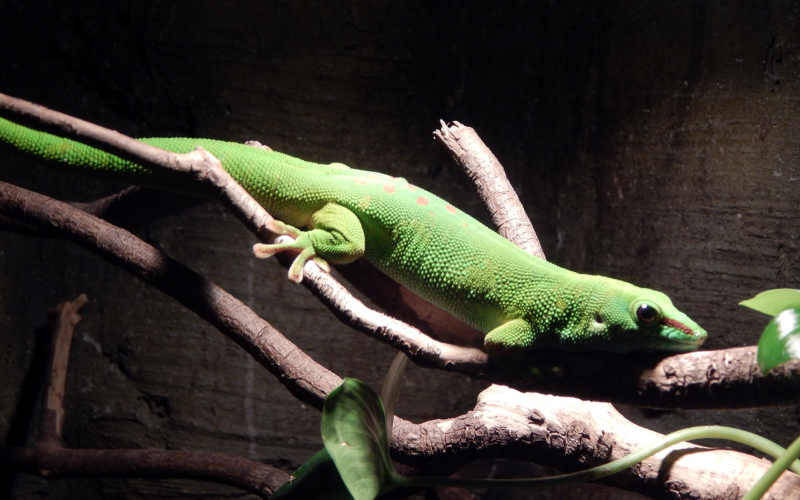
Day Geckos should only be handled if absolutely necessary. Their skin breaks and can come off, which is a remarkable adaptation. They are able to avoid predators as a result of this. They will heal, but it will be uncomfortable for them, which we want to avoid as their caregivers. Babies are notorious for being flighty. Keep in mind that you’re a colossal predator to them. Slowly approach them and, if feasible, pick them up from below. Don’t grasp them, and don’t grab their tail because it will fall off. Day Geckos are lovely and amazing animals and pets to have, however they should not be handled.
Common Health Problems
Geckos are susceptible to a number of health issues that can be treated by an exotics veterinarian.
- Skin disorders: Geckos, like most other reptiles, need to lose their skin in order to grow and stay healthy. Unclean circumstances, insufficient humidity, or parasites can trigger partial sheds.
- Parasitic infections: Parasitic infections can cause weight loss, bloody stools, vomiting, and skin diseases, and they require treatment with an antiparasitic medicine.
- Metabolic bone disease: This potentially fatal sickness is caused by a calcium and vitamin D deficiency, and it causes weaker bones. If identified early, it can be treated.
Giant Day Gecko Substrate Nature
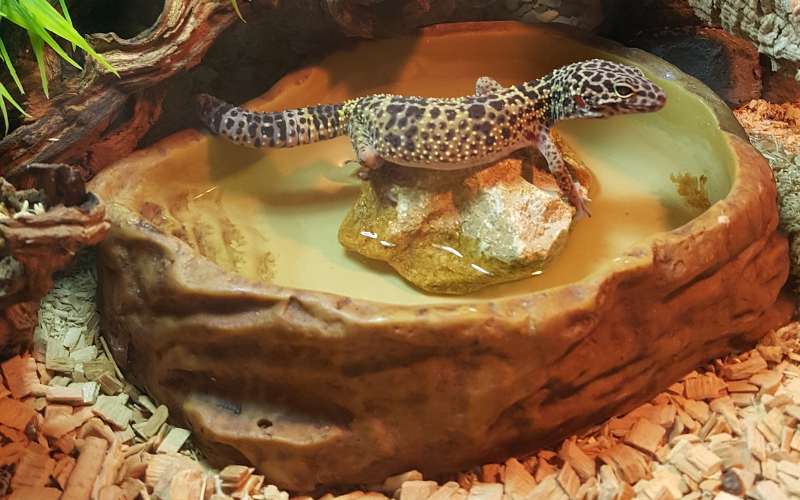
Many substrates meant for rain forest terrariums, such as peat/soil mixtures, coconut fibre, and different bark chips, can be used successfully. We recommend EcoBed Reptile Bedding, which is an ideal bedding option for your lovely pet. The sole stipulation is that the substrate particle size be large enough to prevent unintentional ingestion by the geckos when they are catching insect prey, as this could result in intestinal blockage.
Substrate Types
Coconut husk
One of the safest and most effective reptile bedding options is coconut husks or chips. It’s a must-have because it’s soft, comfortable, absorbent, and aerated to perfection. Its absorbency keeps odours at bay, holds moisture for longer, and maintains a suitable temperature in the room. You can use it according to your requirements. Coconut bedding is non-allergenic, biodegradable, reusable, and recyclable, as well as being easy to clean and store.
Advantages:
· Very natural look
· Self-cleaning and easy cleanup of droppings
· Affordable and good value
Disadvantages:
· May attract mites and bugs over time
Orchid bark
Orchid bark makes an excellent naturalistic substrate for tropical plants and terrariums. It adds a variety of advantages to more thorough mixtures and can also be used as a stand-alone substrate for particular plants.
Advantages:
· It’s a natural material and looks and feels authentic.
· Aerating soil, resisting compaction and providing drainage.
· Increases water retention.
· It’s sustainably sourced.
Disadvantages:
· It will eventually break down.
· It has an acidifying effect
Sandy soil mix
Soil Mixture is a soil-like substrate manufactured from a unique combination of peat moss, soil, sand, and carbon that provides the ideal environment for live-planted realistic or bioactive tropical terrariums. It encourages natural activities like burrowing and egg-laying since it mimics the soil found in tropical reptiles’ natural habitats. It’s also possible to add more sand to make it ideal for desert setups!
Advantages:
· Create a natural look.
· Reptiles like to borrow it.
Disadvantages:
· May create skin infection.
Conclusion
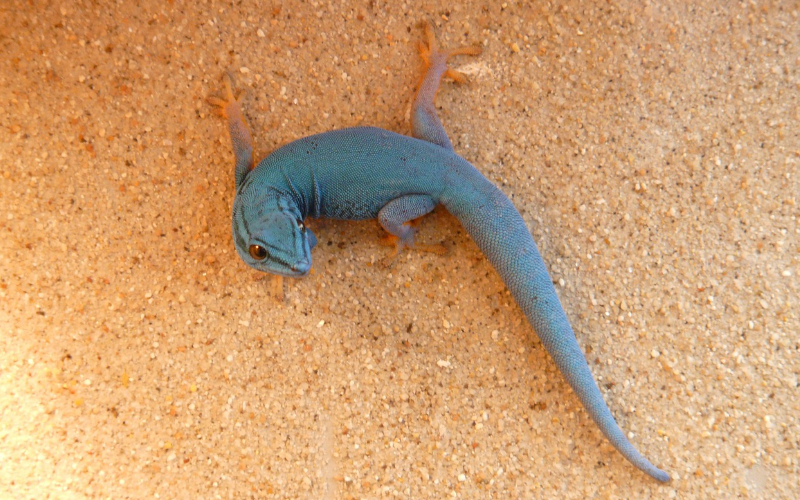
Giant Day Geckos are gorgeous, large geckos. They are diurnal, which means they are active at different times of the day. While these geckos make fascinating terrarium pets, they are fast-moving animals that should not be handled on a regular basis.
Reptile petting is one such occasion habit seen in rarity, for you to raise them in full conscience need as much information as possible, read more for a complete guide on each pet to wish to raise.

